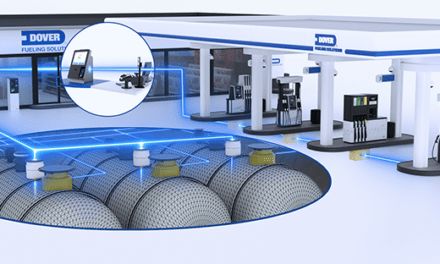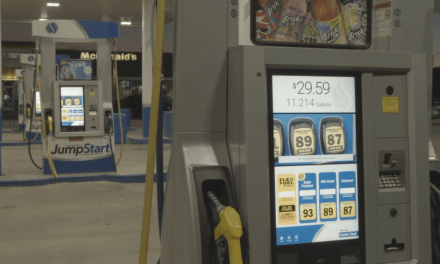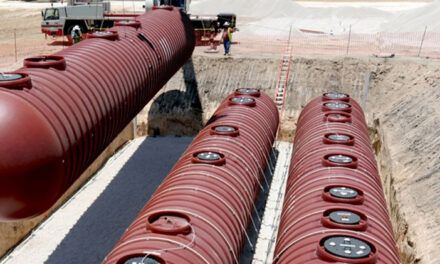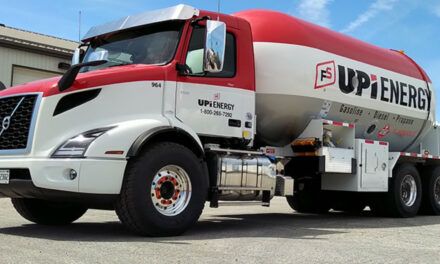
SHOULD ALL HANGING HARDWARE COMPONENTS BE 3RD PARTY APPROVED?

SHOULD ALL HANGING HARDWARE COMPONENTS BE 3RD PARTY APPROVED?
By Ed Kammerer
Most companies that develop a new product are understandably proud of their “babies.” But like those parents who think their children excel at everything, they can be susceptible to overstatement. While a product may appear to be perfectly acceptable for use in several different applications, it is best to seek out or consider the opinion of third parties.
This does not mean that manufacturers will intentionally mislead their customers with false claims, but when a company invests so much time, capital and sweat equity into developing a product, it may be hard to admit that it has limits to its capabilities. That’s where the work of independent third-party testing organizations can be invaluable. A manufacturer’s proprietary claims of product superiority should always be verified, but that becomes easier to do when it is backed by third-party certification.
Know Your Fuels
It is imperative that the operators of retail-fueling sites deploy hanging hardware (nozzles, swivels, breakaways and hoses) on their fuel islands that can handle the various motor fuels that are now available. That can be easier said than done these days as the fuel offering has expanded from a simple “vanilla or chocolate” choice between regular gasoline and diesel 40 to 50 years ago to a menu full of new options. These can include three grades of gasoline, ultra-low-sulfur diesel (ULSD) and, depending on the location and demographics of the retail-fueling operation, various concentrations of alternative fuels like ethanol and biodiesel.
Most fuel retailers know that ethanol and biodiesel are structurally different from unleaded gasoline and regular diesel. They are probably also aware that ethanol has compatibility with such metals as 304 and 316 stainless steel, aluminum and ductile iron, and polymers such as polytetrafluoroethylene (PTFE, or Teflon) and polyoxymethylene (POM, or acetal), but reacts poorly with Buna-N, nylon and urethane. Biodiesel, on the other hand, will degrade some metals like lead, tin, copper, zinc and alloys such as brass and bronze, while aluminum and stainless steel are compatible with the fuel. PTFE, Buna-N, high-density polyethylene (PE) and Viton are rubber-type materials that play well with biodiesel, while natural rubbers are the least compatible with the fuel.
What retailers may not be aware of is that within the specific product families the common E10, E15 and E85 ethanol formulations, along with B5, B20 and B100 biodiesel, can all have different compatibility requirements. This means that a retailer, for example, who assumes that all “ethanol is ethanol” can experience difficulties if he outfits a fueling island that is dispensing an E15 blend with equipment that has been certified only for use up to E10. The most common problem in a scenario like this is the degradation of seals, gaskets and hoses that can lead to leaks. These leaks can grow into dramatic situations that can include cleanup and remediation costs for spilled fuel and, in a worst-case scenario, a dangerous fueling process for the driver, site personnel, surrounding community and the environment.
Getting The Hang Of It
Realizing the difficulties that fuel retailers may have in ensuring that their hanging hardware meet strict chemical-compatibility requirements, some manufacturers have created a solution a portfolio of nozzles, swivels, breakaways and hoses – that are constructed of materials that are third-party approved for use in the specific application. Smithfield, NC-based OPW Retail Fueling has taken this retailer assistance to the next logical level and has begun offering Hanging Hardware Kits (also referred to as Hose Kits) to its customers.
These kits are equipped with hanging hardware that is third-party certified to be compatible with the specific fuel formulation with which they are tasked for use: from any grade of gasoline and diesel to all formulations of ethanol and biodiesel. Additionally, the kits are available to meet the needs of very specific fueling-operation parameters, from basic ¾-inch nozzles and hoses to one-inch high-speed truck-stop nozzles and hoses, and OPW’s new family of dripless nozzles.
All of the components of the Hanging Hardware Kits arrive at the fueling site fully assembled after they have been factory-tested for leaks. The components are also tested for continuity, meaning that they will perform as advertised despite changing environmental conditions. A component’s ability to maintain its performance integrity and continuity is a critical consideration for fuel retailers, especially those who operate in areas of the country that are susceptible to cold winter conditions. These conditions increase the chance of static discharge and fire at the fueling point. So, having a hanging hardware assembly that is conductive from dispenser outlet to nozzle tip is imperative for safe fueling events to decrease the chance of a static fire.
Specifically, these are some of the typical types of components that can be found in a Hanging Hardware Kit used with a dispenser that pumps unleaded gasoline or diesel. Each of these components have a specific model UL listed for use in all three ethanol categories or percentage blends (up to E10, E25 and E85), as well as UL listed for blends of biodiesel (up to B5 and B20):
11BP Series Nozzle: The industry’s first nozzle to be UL-listed for use in all three ethanol-blended fuels. Equipped with a “No Pressure — No Flow” device that prevents fueling until the pumping system is pressurized.
241TPSSeries Swivel: Designed with two planes of rotation for easy positioning of nozzles in fill pipes.
68EZR Series Reconnectable Breakaway: After a separation incident, the breakaway easily reconnects through “push-twist-click” technology that ensures a secure reconnection.
66H Series Whip and Curb Hoses: The whip hose is the short piece of straightening hose that is used to connect the dispenser to the breakaway. Curb hoses are typically 2.6 meters (8.5 feet) long and connect the breakaway to the fuel nozzle. All 66H Series hoses are third-party approved with a steel reinforced hardwall that is flexible to -40ºC (-40ºF). Low-permeation models of the 66H hoses are also available.
Conclusion
As a hazardous material, motor fuels must be handled with extreme care and caution. This means that all of the components used at a retail-fueling island must be compatible with the fuel that they are dispensing. This task has been simplified for the retailer through the creation of hanging hardware that is designed to be compatible with all of many current gasoline, diesel, ethanol and biodiesel formulations, with the advent of Hanging Hardware Kits simplifying the selection process even further.
Ed Kammerer is the director of global product management for OPW Retail Fueling, based in Cincinnati, OH, USA. He can be reached at ed.kammerer@opwglobal.com. For more information on OPW, go to opwglobal.com


































